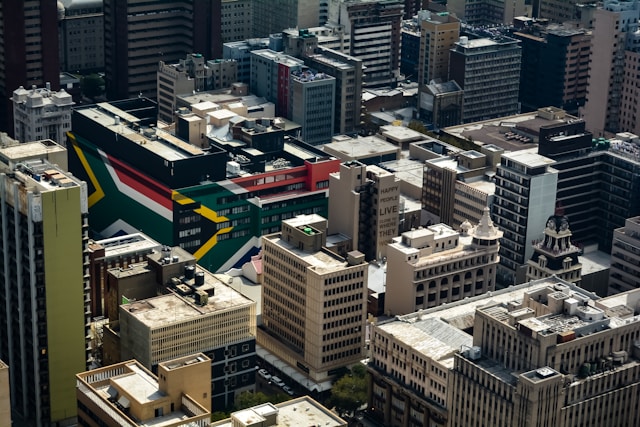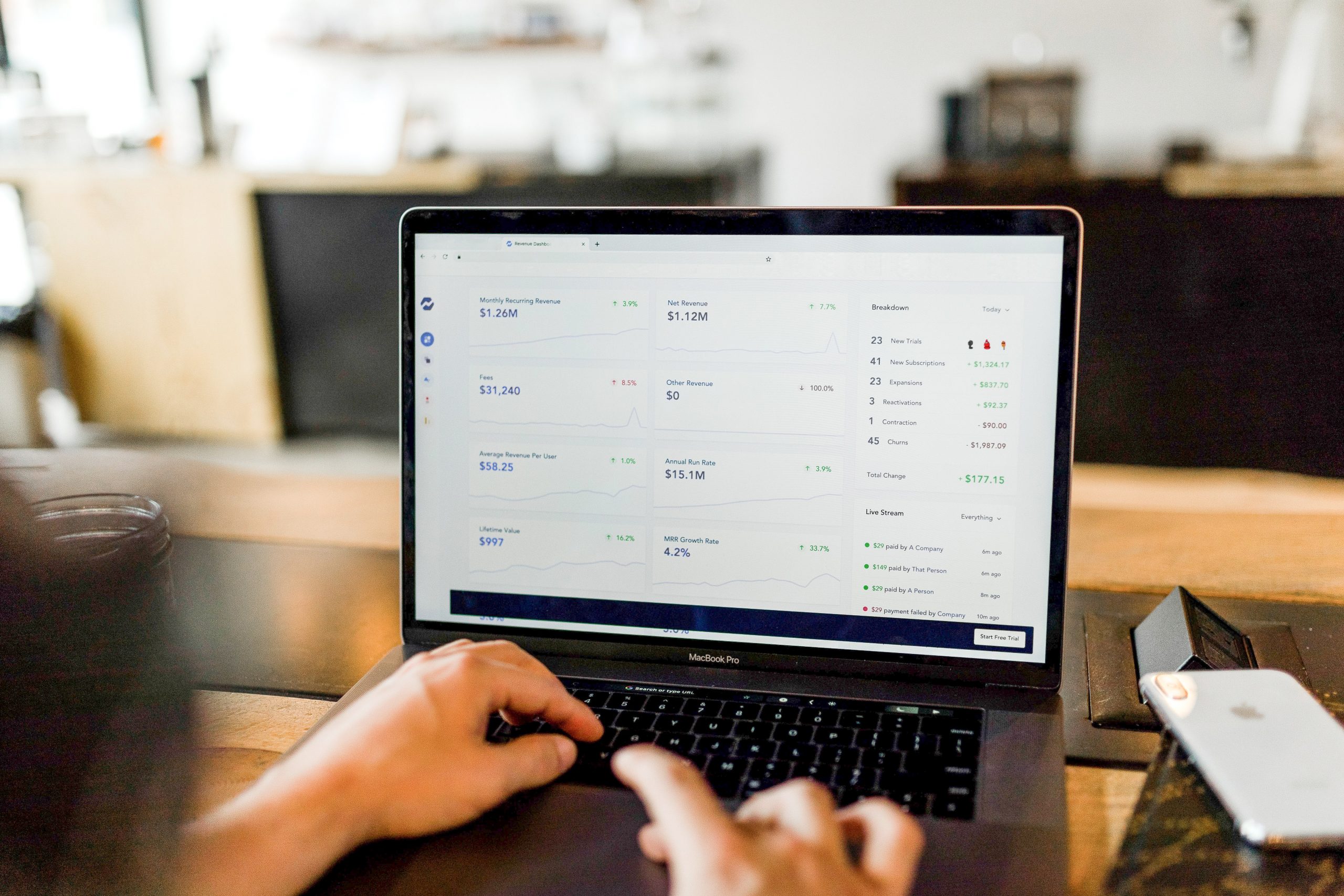If you’ve ever walked through a South African taxi rank at six in the morning, you’ll know the world I’m talking about.
The smell of vetkoek frying in reused sunflower oil, crates of tomatoes balanced on upturned buckets, someone arguing about airtime prices, the low hum of hustle.
It’s chaotic, but also kind of beautiful. And despite what policy documents like to pretend, this is the beating heart of our economy.
Here’s the thing, though: the people keeping this machine running—street vendors, spaza shop owners, informal hairdressers carving perfect lines with clippers older than your car—are the ones with the least protection.
And that’s where Microinsurance quietly steps in.
Not dramatically. Not with glossy brochures. Just… practically.
A small disruption can feel like a disaster
A few months ago, I chatted with a woman selling loose cigarettes and energy drinks outside a train station. I’d seen her almost daily for a year, sitting on the same faded cooler box. One morning, she wasn’t there, so naturally I assumed she’d just shifted to a better spot (territory wars are very real).
Turned out her entire stock had been ruined when rain seeped into her storage cupboard overnight. We’re talking maybe R900 worth of goods—nothing in corporate terms, but for her, that was her whole profit margin for the week.
A tiny loss, from an outsider’s perspective. A devastating one when you live day to day.
This is the kind of thing Microinsurance was built for.
But what exactly does Microinsurance do in this world?
It’s not some magical safety net. It won’t turn your street stall into a franchise.
- But it will help a fruit vendor replace stolen stock.
- Or help a hair braider cover her tools after a fire.
- Or give a spaza owner a small payout if protest action shuts down the area for days.
Microinsurance is essentially low-premium, pared-down protection designed for people who can’t afford traditional policies and—let’s be honest—were never really considered by them in the first place.
The informal economy runs on cash, trust, and improvisation. Insurance companies run on paperwork, risk calculations, and debit orders. Microinsurance is the awkward handshake between the two.
Why this matters more than most people think
People often underestimate how fragile informal businesses are. A single bad day can wipe out a month of careful saving. And that fragility doesn’t only affect individuals—it ripples outward.
When a vendor disappears for a week, commuters lose their affordable breakfast. Neighbours lose their usual supplier. Kids lose the auntie who gives them a free sweet when they bring back the bottle. Tiny social ecosystems crumble quickly.
What Microinsurance does—quietly, almost invisibly—is keep those threads intact.
It’s not perfect. Payouts can be small. Claims processes can still feel designed for someone with access to a printer (why is that still a thing?). But even a couple of hundred rands at the right moment can stop someone from slipping into survival mode.
Sometimes, survival mode is the real enemy.
A question worth asking: who gets left behind?
I’ve noticed something strange when talking to small traders. Many don’t think insurance—even Microinsurance—is “for people like them.” There’s this inherited belief that protection is a luxury of the formal world. As if risk only matters if SARS knows your name.
There’s also fear.
Fear of contracts.
Fear of premiums jumping suddenly.
Fear of being scammed (which, to be fair, is not paranoia—it’s lived experience).
This gap between intention and adoption is where outreach needs to change. Insurance can’t stay in boardrooms discussing “penetration rates.” It has to show up at taxi ranks, at informal markets, at community meetings where tea is served in slightly chipped mugs.
Street vendors already do everything right—Microinsurance just meets them halfway
What fascinates me is how entrepreneurial informal traders naturally are. They diversify stock. They track which items sell better on rainy days. They adjust prices based on foot traffic. They take risks constantly and instinctively.
Microinsurance isn’t replacing that spirit. It’s just cushioning the blow when one of those risks goes sideways.
And it doesn’t need to be fancy.
A simple claims process via WhatsApp.
A payout within 48 hours.
That’s it. That’s the whole story.
A small tangent (but an important one)
I once watched a man selling sunglasses in Durban pack away his entire stall in under 20 seconds when the clouds suddenly opened. He laughed while doing it and asked if I wanted to buy the “rainproof specials” he kept hidden in a black plastic bag.
That level of agility is pure genius.
But even geniuses need backup.
All it takes is one moment—one gust of wind, one smashed box of stock, one police raid that “clears” the pavement—and suddenly that agility hits a limit.
Microinsurance is for the moments after that limit.
Where Microinsurance fits going forward
With rising crime, unpredictable weather, and the ongoing circus of load shedding (which still manages to surprise us even though it shouldn’t), the informal economy is more exposed than ever.
Microinsurance won’t remove the risks. Not even close.
But it can make risk survivable.
Maybe that’s the most realistic goal right now.
Because when you protect a small trader, you’re not just protecting one person. You’re protecting a family, a neighbourhood, a route people rely on every day without even noticing.
And, honestly, that feels like a win worth rooting for.









